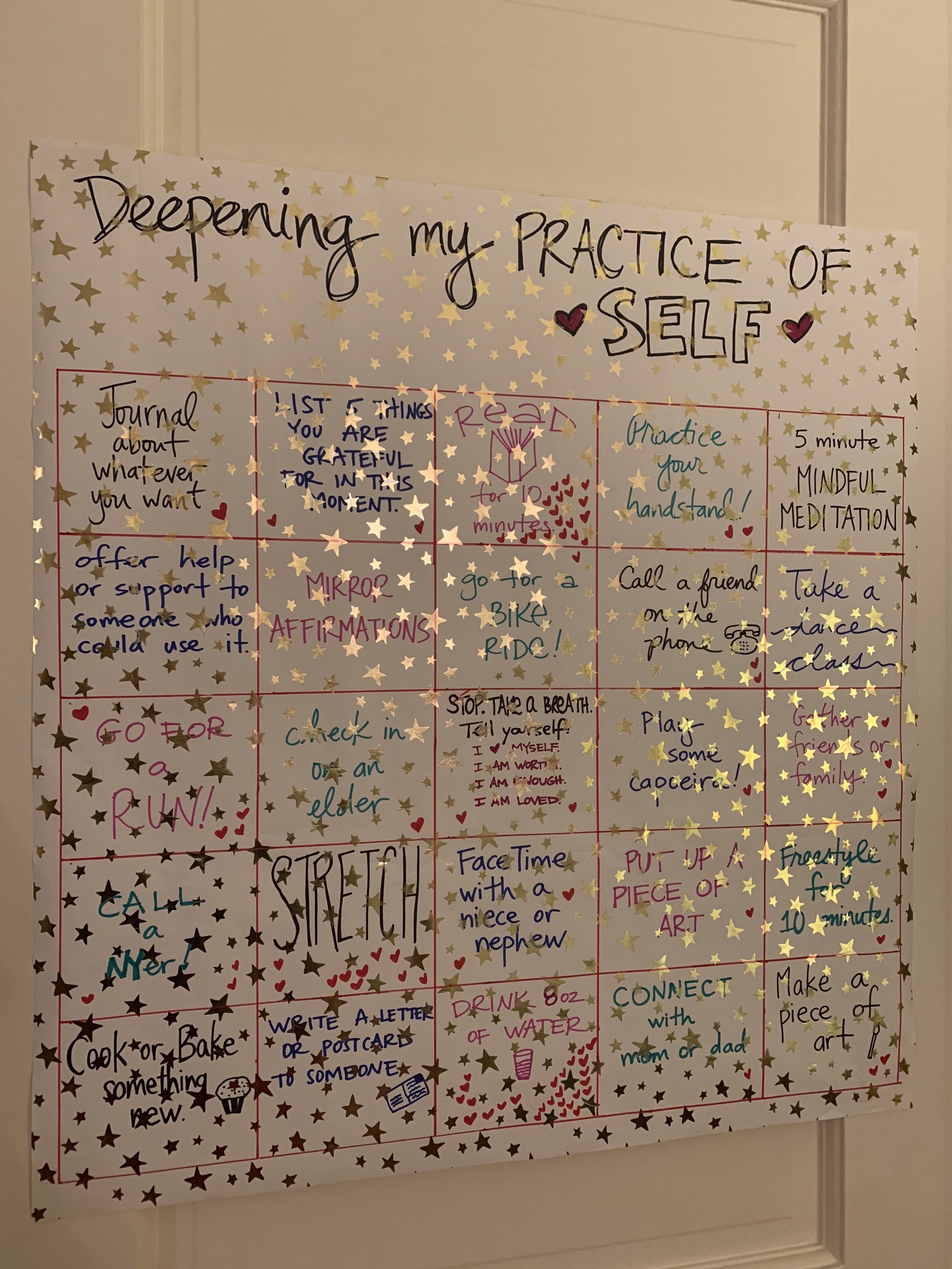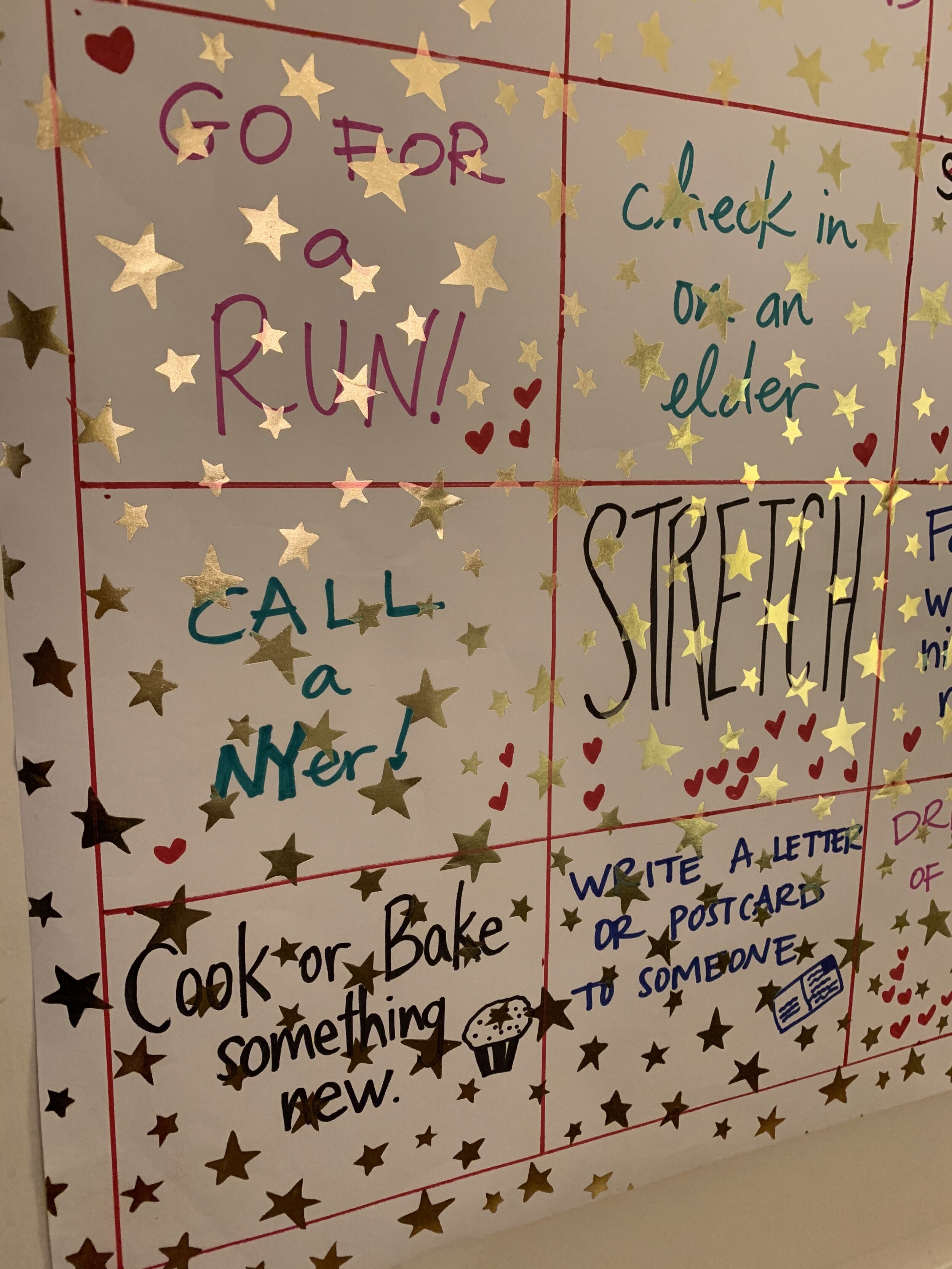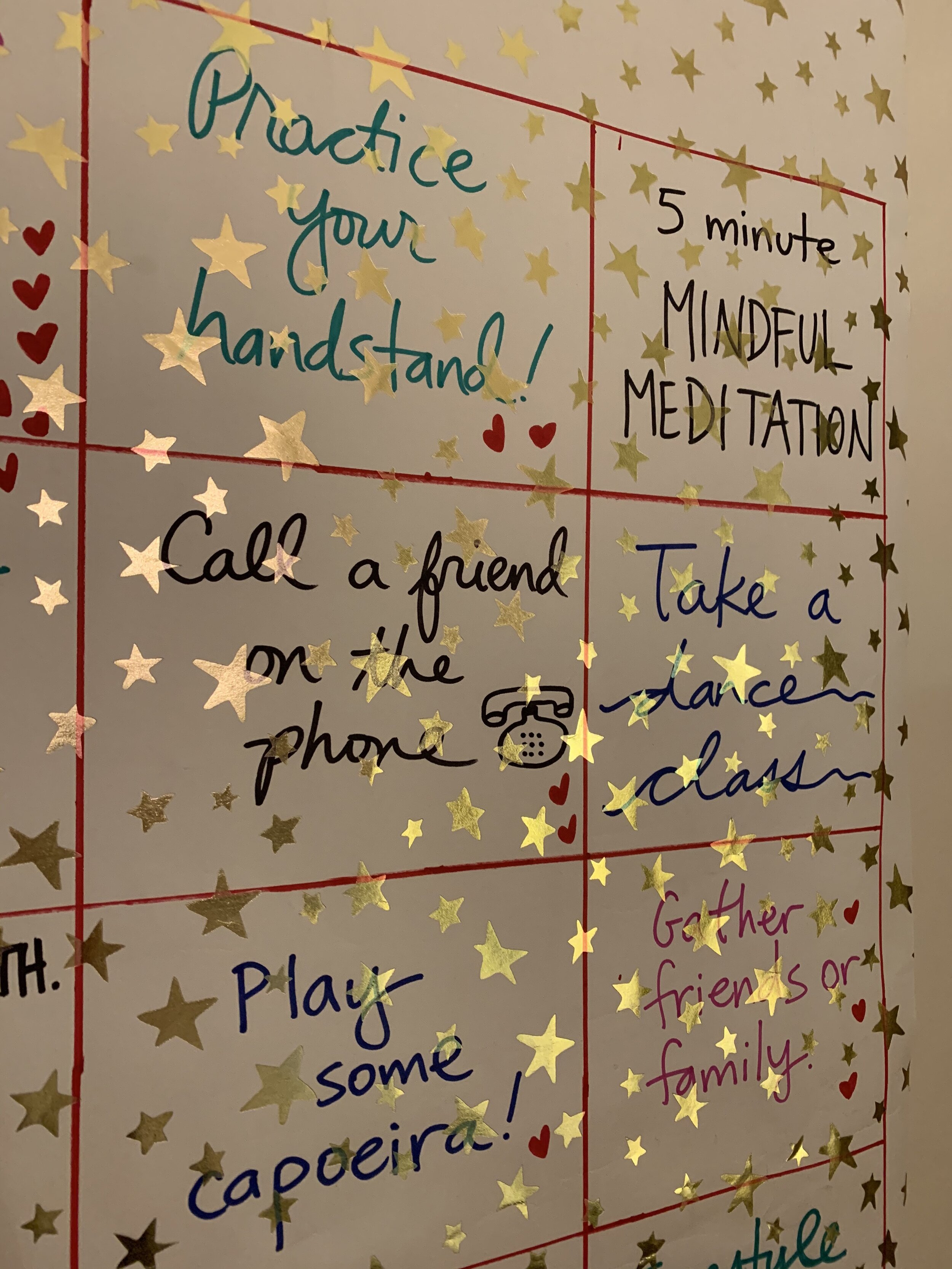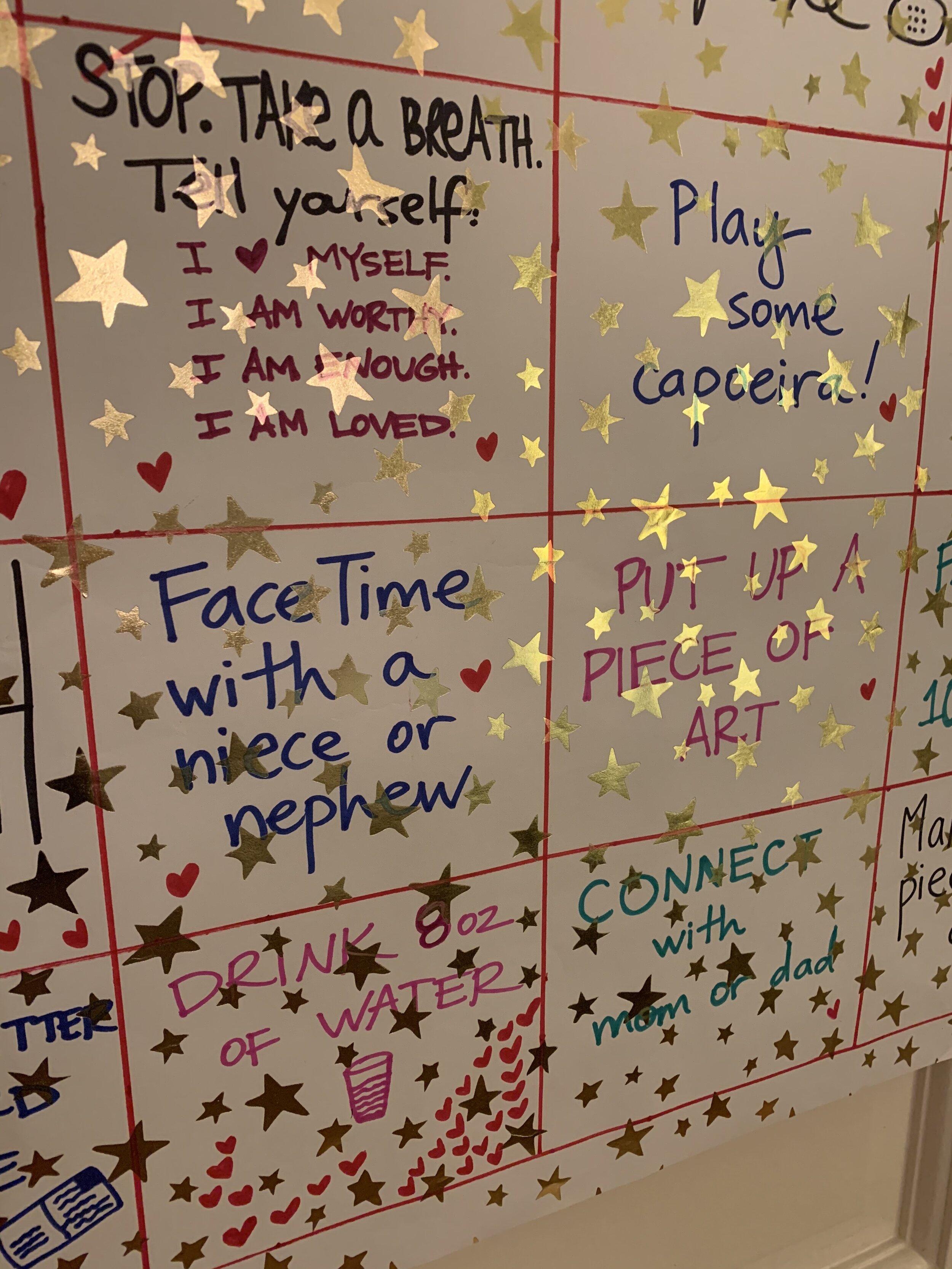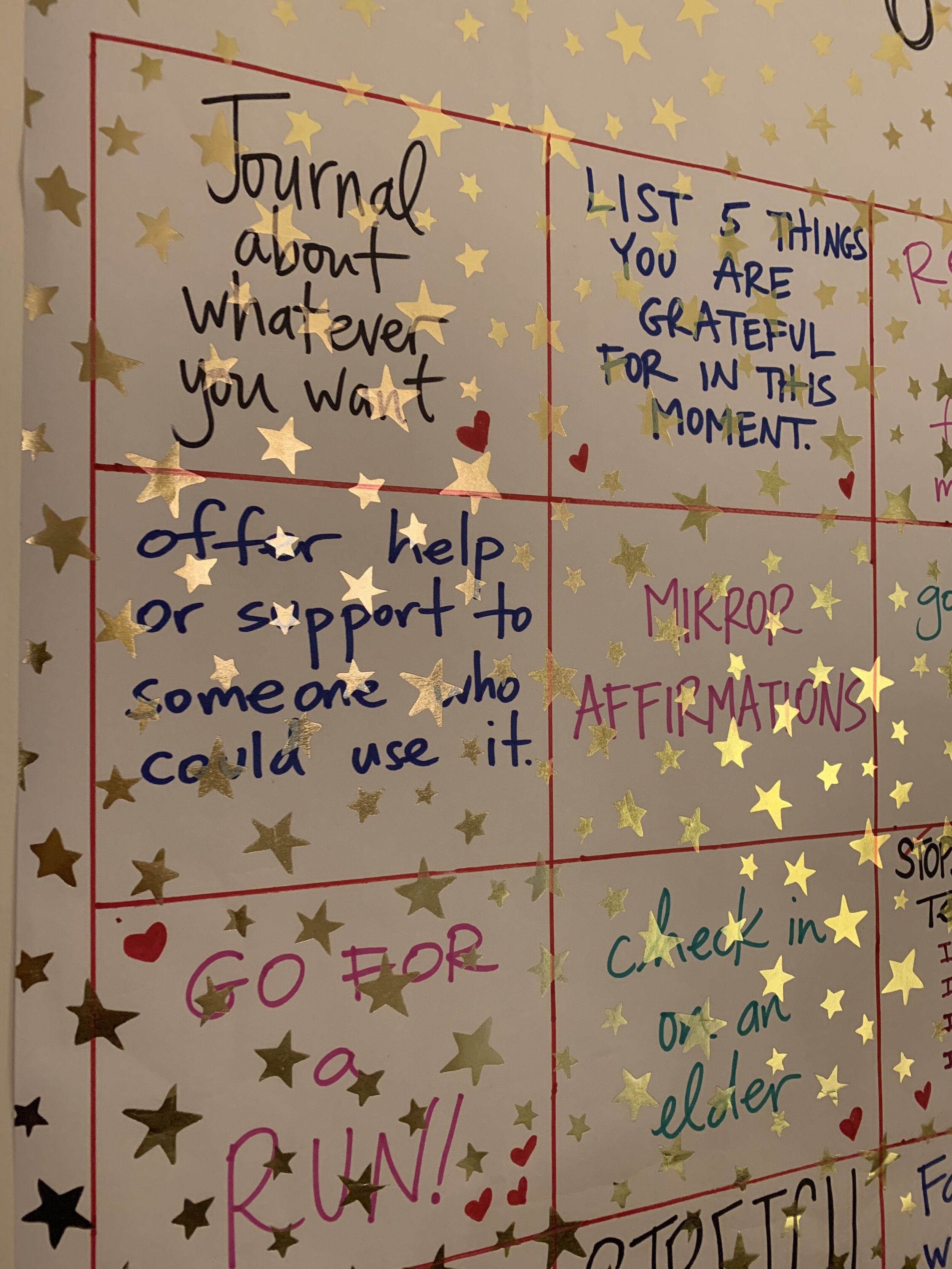On the 27th anniversary of Cesar Chavez’s death I had the privilege of having lunch with his son Paul Chavez.
It wasn’t in person (Zoom world) and it wasn’t just the two of us (about 25 of my colleagues were there too) but it was exactly what I needed that day. I wasn’t exactly sure why but that morning had been tough for me. I cried without reason (besides the global pandemic that is negatively impacting all of us) and felt incredibly sad but couldn’t put my finger on why. When I logged into that lunch meeting at 11 o’clock everything changed.
Paul Chavez is the President of the Cesar Chavez Foundation. He was joined by Celia Garcia Alvarado, former Watts teacher and current Executive Vice President of Education for the foundation. They had been invited by my colleague to share the work their foundation is doing and insight into the troubling times we’re in. I took so much away from the conversation and was moved to tears (again!) by the end of it all. Below are a few gems they shared with us:
1. Have a healthy anger.
Celia shared that a healthy anger drives her work of building a just society through education. I appreciated the term as a reminder for myself. In this time when the injustices of our society are even more front and center, how can my anger drive my work for change in a healthy way?
2. If you’re doing your best, that is enough.
When asked what message they have for teachers during this time of emergency distance learning, Celia shared “If you’re doing you best, that is enough.” What a powerful message for all of us. This pandemic has turned our worlds upside down. In a time of such upheaval, one of the best ways to support our educators is to support them to do their best, whatever that may look like.
3. We can all be of service.
When a principal asked Paul how his elementary school students could create a more just society, he responded that we can all be of service, we all have a contribution to make, and we all have a moral obligation to help others. This was a powerful reminder for me that in this time, any act of kindness and connection, big or small, matters.
4. Recognize others for the hard work they’re doing. It goes a long way.
When asked how to support staff during this time, Paul shared how important it is to thank folks, ensure they have the equipment they need to be safe, and to recognize them for their hard work. Couldn’t agree more. Whenever any of us are acknowledged for the work we do, it means a lot. It goes without saying that in education, teachers don’t get enough recognition. Let’s change that.
5. Remind people they are part of a movement.
Paul also shared that reminding people that they are part of something bigger is important. In the day to day, and especially now, as we’re sheltering in place, it can be easy to forget that our individual actions are part of the greater collective. Reminding each other that we’re part of a larger movement to end educational inequity is grounding and inspiring.
6. Plan for the future.
Paul shared that his father was a planner. He noted that many folks don’t think of farm workers and campesinos as planners but that his father, grounded in his core values, thought about where he wanted himself and the movement to be in the future and used that long-term vision to plan day-to-day actions. Grounding ourselves in our core values, where do we want to be as a community 10 years from now?
7. In the work for social justice, you only lose when you give up.
The lunch ended with Paul answering the question, “What brings you hope?” He shared a powerful story about a time when he was an organizer and they lost a legislative battle by one vote. He was devastated and drove home with his father. In the car ride he said that his dad could see how upset he was and asked him, “Did you do everything you could do?” Paul responded yes. His dad asked, “Did you leave any stone unturned?” Paul said no. And then his dad, Cesar Chavez, shared that our work is not like a baseball game, where after 9 innings one team wins. Our work is not like a political election where after voting day, one candidate is declared the winner. That in our work, the work for social justice, you only lose when you give up.
May we carry the strength, power, love and commitment of Cesar Chavez during this time and may we never give up in our fight for social justice.




